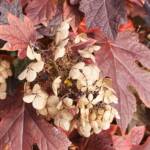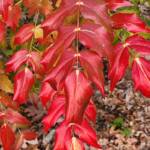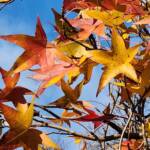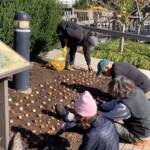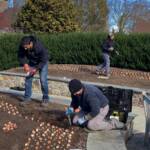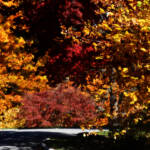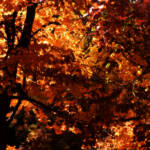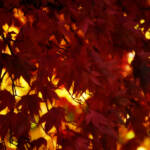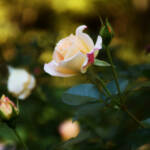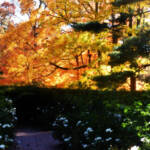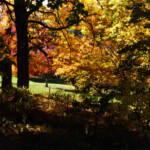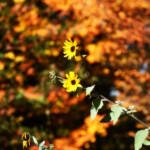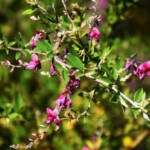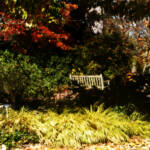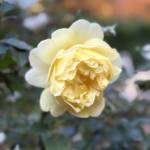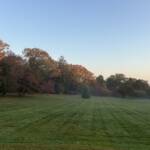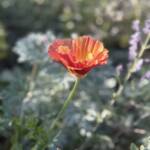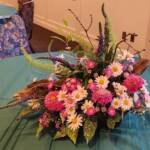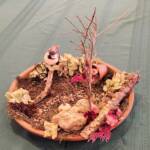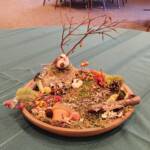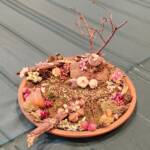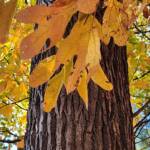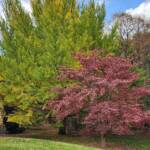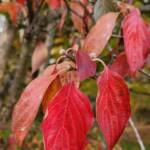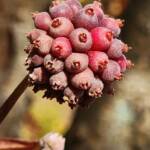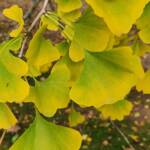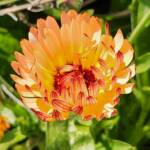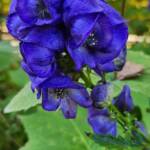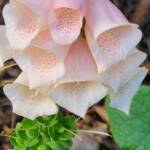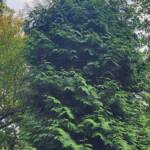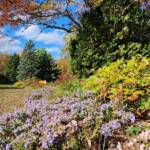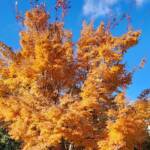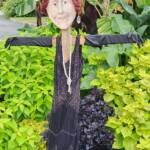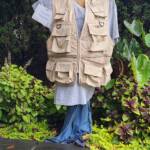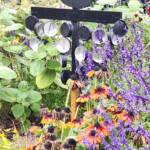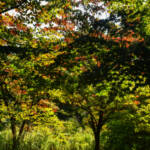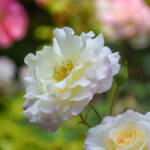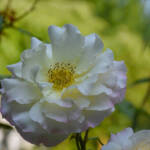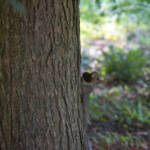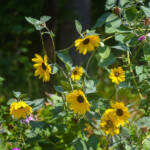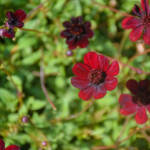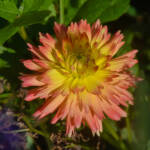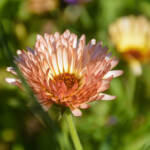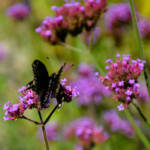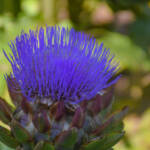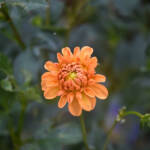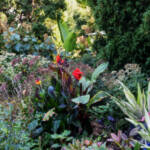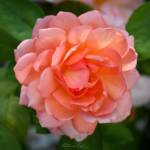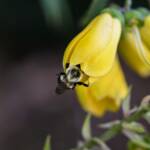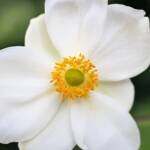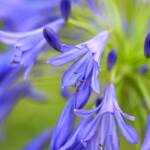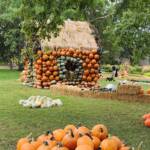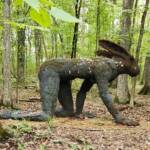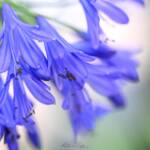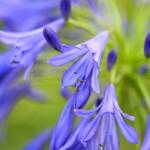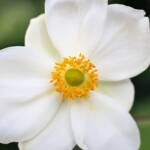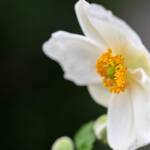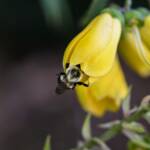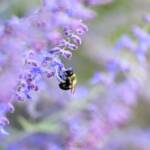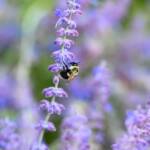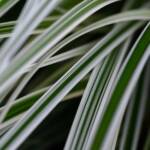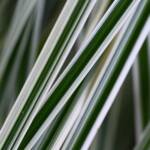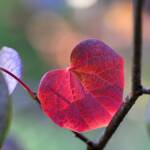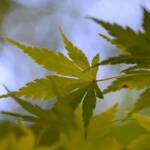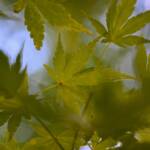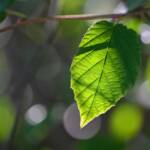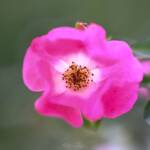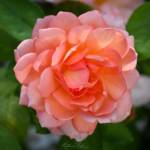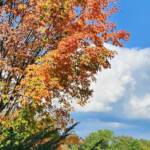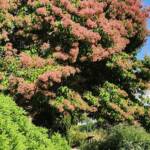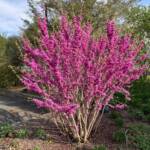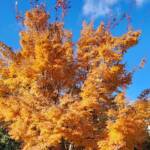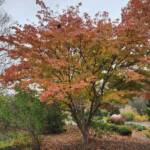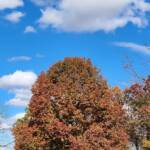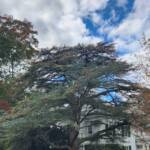This is the Friends of The Frelinghuysen Arboretum’s Photo Gallery. Click on the title of one of the albums below to open it where you may then browse the pictures. To receive photos regularly, sign up for our weekly email blast by clicking here.
We welcome pictures from all our friends and visitors — send any you would like to see here to webmaster@arboretumfriends.org.
At the Arboretum – 12/3/24
The calendar says December, and the weather agrees, but in spite of this, there is still some lovely fall color at the Arboretum. The columnar American Sweetgum (Liquidambar styraciflua cv. Slender Silhouette) next to the parking lot, is stubbornly hanging on to its colorful orange and gold star shaped leaves, a lovely contrast against the clear blue sky. The Oakleaf Hydrangea (Hydrangea quercifolia) next to the Haggerty Education Center presents a pretty picture with the rusty red leaves providing a nice backdrop for the dried, creamy white flower heads. Last, but certainly not least, are the brilliant red compound leaves of Leatherleaf Mahonia (Mahonia bealei) making a brilliant statement in the late fall garden.
It may be chilly, but bundle up and take a walk around the grounds to see what Mother Nature has to offer.
Picture credits: Margery Ennist.
At the Arboretum – 11/12/24
Morris County Park Commission staff were very busy this week planting hundreds of bulbs in the two raised beds at the entrance to the Haggerty Education Center. Many different types of bulbs were planted, some common and others rare. Once the blooms fade, the bulbs will be replanted around the Arboretum’s property to give them a chance to naturalize over the years.
Over $4,500 was given to the Park Commission by the Friends of The Frelinghuysen Arboretum for this annual planting. Your Membership dollars at work!!!
Thanks to Judy Snow for the photos.
Beautiful Autumn
Frequent contributor, Elizabeth Brannin, sent a batch of Beautiful Autumn pictures with this accompanying message:
I was at the arboretum last week and had to share the beauty I saw! I spent a beautiful warm Autumn Day walking around taking in the beauty of the season!
Have an amazing day
Elizabeth
At the Arboretum – 11/4/24
The warm weather extending into November is making it possible for plants to continue blooming in the Arboretum’s gardens. A lovely Rosa ‘The Poet’s Wife’ is showing off in the Heritage Rose Garden and a bright orange Eschscholzia californica “Apricot Chiffon’ (California Poppy) is doing her thing in the Gravel Garden. Meanwhile, the warm days and cool nights are contributing to foggy mornings on the Great Lawn in front of the Mansion.
Visit soon and see what treasures you can find!
Thanks to Kristin Prommel, Superintendent of Horticulture, Morris County Park Commission for these lovely shots.
Tree Symposium Centerpieces
This year’s Tree Symposium, held Saturday November 2, was a huge success, thanks in great part to our excellent speakers and their topics, and also to the Friends’ group of dedicated volunteers who kept things running smoothly in the background.
The whimsical table centerpieces created by Marge Hulstrunk and pictured below were raffled off at the end of the day, and nine lucky winners went home with a unique work of art! Marge also created the lovely arrangement that graced the food table.
At the Arboretum – 10/30/24
With the Tree Symposium coming up this weekend, we’re highlighting some of the trees in the Arboretum’s collection. The so called ‘mitten tree’ (Sassafras albidum) located along the Sylvan Terrace Trail, produces three types of leaves, trilobed, bilobed and unlobed; the 2-lobed leaves resemble mittens, right and left, and turn a beautiful orangy/yellow in fall. Sassafras is native to North America and is the host plant for Spicebush Swallowtail butterflies. A beautiful Kousa Dogwood (Cornus Kousa) in front of the Mansion, covered in bright red leaves and fruit, is dramatically displayed in front of a Maidenhair Tree (Ginkgo biloba) which hasn’t completely turned its lovely saffron yellow yet; the fan-shaped leaves of the Ginkgo are unique among seed plants. The genus Ginkgo extends back approximately 170 million years ago and is widely regarded as a living fossil!
Picture credits Margery Ennist.
At the Arboretum – 10/23/24
In spite of the lack of rain in recent weeks, the beds at the Arboretum are still flourishing, offering a variety of flower colors, textures, shapes and sizes to be admired and enjoyed. A beautiful, deep blue Monkshood (Aconitum) is still in bloom in the Fern Garden close to the Mansion; the English name Monkshood refers to the cylindrical helmet, called the galea, distinguishing the flower. In the beds in the Rose garden behind the Mansion some lovely, delicate pink Foxgloves (Digitalis, derived from the Latin word for “finger”) are still in bloom; although Foxgloves generally bloom in May, they will bloom in late summer if the seeds are planted in the spring, the flowers are a favorite of butterflies and moths. And, last but not least, the beds next to Matilda’s Cottage have several Strawflower (Xerochrysum bracteatum) plants blooming. Also known as Golden Everlasting, the flowers come in many colors from white to bronze to purple, and serve as food for various butterflies and moths, bees, beetles and grasshoppers.
At the Arboretum – 10/16/24
No new photographs today, just a little trip down memory lane to revisit a few special spots and the plants that make them so. A beautiful Acer palmatum cv. Sango Kaku in all its autumnal glory in the Japanese Maple collection; a majestic Green Giant Arborvitae, one of two in the relaxing pool garden next to the Mansion; Asters, fall colors and fallen leaves in the perennial gardens behind the Haggerty Education Center. Autumn is such a special time of year, when Mother Nature paints a brilliant canvas for us to enjoy, although fleetingly. Emily Bronte put it beautifully: “Every leaf speaks bliss to me, fluttering from the autumn tree”.
Make time to visit the Arboretum soon, you won’t regret it!
At the Arboretum 10/8/24
Fall is here and so is the annual Morris County Park Commission’s Scarecrows in the Garden exhibit. This free exhibit is available through the end of October, so bring the family, stroll the gardens and see how many you can find – there are dozens of ghoulish, historic and colorful creations! Here’s a small sampling.
Beautiful Flowers by Elizabeth Brannin
We got this batch of beautiful flowers transmitted by this email:
Good Morning,
As summer ends and hints of Autumn begin there is nowhere more perfect to admire the beauty of the new season than at the Frelinghuysen Arboretum.
Happy Autumn
Elizabeth Brannin
Thanks, Elizabeth, for these lovely images.
Late Summer at the Arboretum
The days are getting shorter, there’s a hint of autumn in the air and the trees at the Arboretum are beginning their annual transition into fall by changing leaf color. The fall blooming Anemone ‘Honorine Jobert’ presents her dainty white blooms with yellow stamens for all to admire and the bees continue searching for pollen wherever they can. Some plants, however, are not ready to give in to the season’s change, Roses continue blooming and the Agapanthus in pots is still flowering.
It’s a lovely time of the year to visit the Arboretum.
This week’s lovely photographs are by Katharine Boyle. Thank you!
CHEEKWOOD ESTATE AND GARDENS
During a recent trip to Nashville, Tennessee, I was lucky enough to visit Cheekwood Gardens, one of the American Horticultural Society’s Reciprocal Admissions Program (RAP) participants. Membership with the Friends of The Frelinghuysen Arboretum waived my entrance fee to the Gardens, a savings of almost $30!
Cheekwood is distinguished as one of the leading American Country Place Era estates and was the home of Mabel and Leslie Cheek. The 55 acres of cultivated gardens include a serene Japanese garden, a stream garden, perennial gardens, a sculpture walk (including Sophie Ryder’s Crawling Lady Hare) and a children’s garden to name just a few. During my visit, the Arboretum’s lawn was decorated as a pumpkin village including a variety of pumpkins, Chrysanthemums, and even a pumpkin house!
This was definitely a great benefit of membership with the Friends of The Frelinghuysen Arboretum!
Pictures from Katharine Boyle – 9/15/24
Katharine Boyle sent this batch of lovely pictures from her visit to the Arboretum this past weekend.
Thanks Katharine for the reminder of how beautiful the Frelinghuysen is as summer winds down.
At the Arboretum – More Trees
A couple more examples of the lovely trees on the Arboretum’s grounds.: A spectacular Acer saccharum ‘Bonfire’ (Bonfire Sugar Maple) ablaze with fall colors and a lovely Heptacodium miconioides (Seven Sons Tree). A small ornamental tree (13-30 feet tall) with interesting exfoliating bark, and small fragrant flowers that bloom in September – the tree is attractive to butterflies and bees. And a Cercis chinensis cv. Don Egolf (Chinese Redbud) showing off her lovely lavender spring blooms, so easy to see because it flowers before the leaves appear.
At the Arboretum – 9/10/24
In anticipation of the Tree Symposium in November, here are just a few examples of the variety of trees in The Frelinghuysen Arboretum’s collection. A lovely Cedrus atlantica ‘Glauca’ (Blue Atlas Cedar) in front of the Mansion, a majestic Quercus rubra (Red Oak), an ornamental Cornus Kousa (Kousa Dogwood) and an Acer palmatum cv. Sango Kaku (Coral Bark Japanese Maple) in full fall attire.
Picture credits: Margery Ennist.
